Make Math a Game
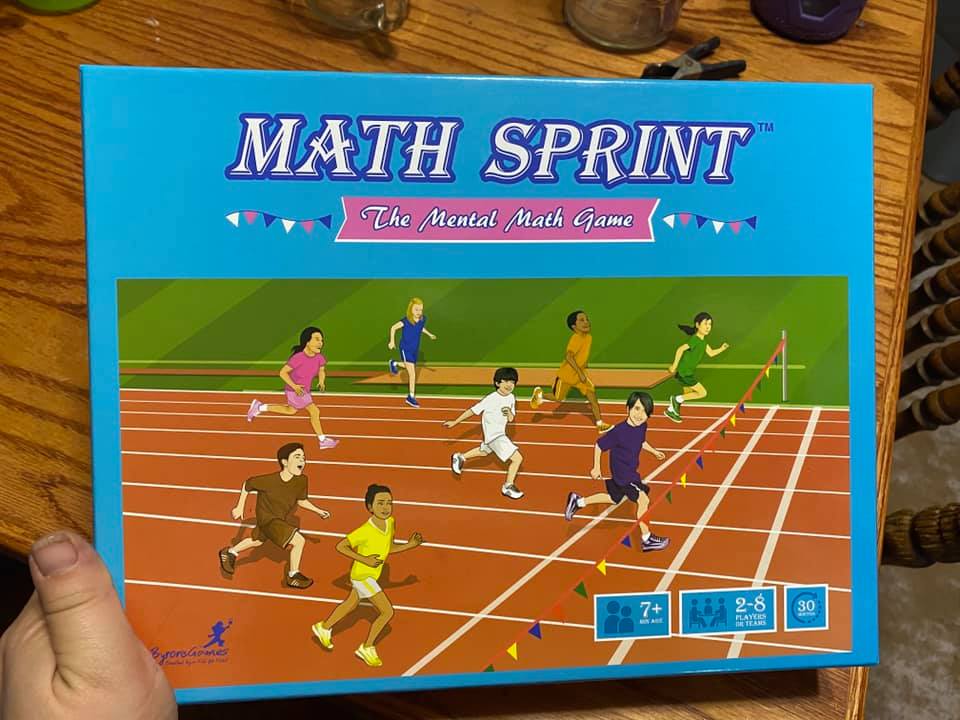
Disclaimer: I received a FREE copy of this product through the HOMESCHOOL REVIEW CREW in
exchange for my honest review. I was not required to write a positive review nor was I
compensated in any other way.
Make Math A Game
Homeschool Review Crew
Byron’s Games
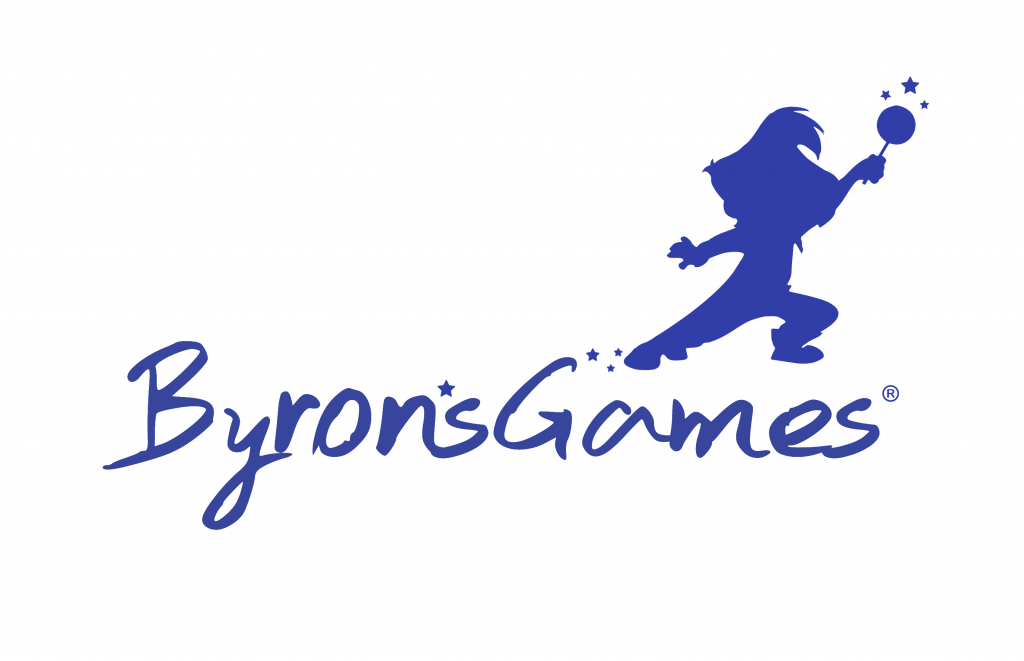
A few months ago we got a super fun game to review from Byron’s Games. We fell in love. Then we got a chance to review another game from them as part of the Homeschool Review Crew, and of course, we said yes, please! What could be more fun than another game to play in our house over the winter? It’s time to make math a game with Math Sprint- The Mental Math Game.
This is the second game to be created from Byron’s Games. Both are born out of the brain of a child and influenced by his love of the Olympics.
About the Game
Math Sprint is made to be played by 2-8 players and ages seven and up. That means that anyone roughly first grade and over, doing simple math in the form of addition or subtraction can play and enjoy this game.
Did you catch that? A kid invented this game! How cool is that! My kids love playing the games from Byron’s Games knowing that another kid-created them and that maybe someday they could do the same.
Math Sprint has three different levels that the game can be played at. These are going to coordinate with how well your child is at math but also somewhat with the age of your child. The three levels are the 100-meter dash, the 200-meter dash, and the 400-meter dash.
Each player chooses a person to be. Their person gets to move when they answer a question correctly. And of course, this is mental math so they should be computing their answers in their heads only.
The board is made to look like a running track. Which makes sense as you learn you’re running some dashes and your players are little running people. It’s really cute actually and makes you want to make math a game more often than it’s happening in a book.
Speaking of answers.
The questions are on cards. With the game comes 4 different types of cards. You receive 92 addition and subtraction cards, 106 multiplication and division cards, 30 wild cards, and 30 challenge cards.
The wild cards are blank cards that you can write problems on. So, for instance, if your child struggles with multiplication by 12s you could write those facts out on cards, or maybe it’s addition by 6s that gets them. You get the idea. Those cards are for you to use as needed for your own household and players. They are wiped off so you can easily change them up as needed as well.
You get an instruction packet in your game that explains how you play the game, what to do, and how to do it, and a bit of the why behind it.
When playing the game you will need one non-player as well. This non-player is the “coach” who reads off the questions to the players. Because the answers are also on the cards this keeps it on the up and up and also gives you or an older sibling a chance to be involved and just see where everyone is with their mental math skills.
Wild Cards
As I’ve mentioned the wild cards are the ones that you get to write on and make up your own math problems based on your individual child’s needs.
Challenge Cards
The challenge cards are word problems. They do also have the answers to them on the card with the problem. I found with my children who are visual learners that writing these out on the whiteboard so they could read the problem for themselves without seeing the answer was the way to go.
Fun Fact
This is not just a sit and play game. Within the game board are blue squares that are exercise squares. If you land on one of those you actually have to get up and do an exercise. This is fun because it gets them moving and keeps some of the wiggles at bay. But do make sure you’re somewhere that they can get up and move. We live in a small house so we had to make the rule they run out on the porch or to the mudroom or on the rug, etc so that they don’t smack themselves on the table or accidentally hit a sibling.
Our Thoughts
When kids are just trying to memorize math facts it’s not normally fun. It’s rote memory work. What I want in homeschooling my children is not just for them to memorize facts, but for them to know or to have learned how to learn. Making that learning fun is crucial to them liking it and wanting to continue with it.
This is where making math a game comes in. I have a few children who are just naturally gifted with math. They get that from me. It was an easy subject for me and doing math in my head was just something I thought everyone did until I was older and learned some people really struggle with it. But, I also have children who really struggle with math. I didn’t want to make them hate math so we’ve taken a low key approach to it. But that did also mean that they are a bit behind other kids their age because I didn’t just want to move on and skip over things that they hadn’t mastered.
Math Made Fun
Math Sprint is a wonderful game for helping children want to do math. I might fight with my child for 20 minutes to get them to do one page of math. But they’re going to beg to play this game and get more math in and remember more of it than they ever would from a page in their workbook. This might not be the case for everyone but it definitely is here in our house.
My kids are all loving this game. We tend to play it in sessions. So in session one, I will put some of my younger kids in. I have a seven-year-old and a ten-year-old who are both just doing the simple math of addition and subtraction numbers under and including twelve. They play together with a short game. That’s the 100-meter dash.
For the next session of the game, I’ll bring in some of my struggling kids. They might be passed just that simple math but they also tend to still use their fingers a lot. We add in more cards and they do double-digit subtraction and addition plus a few of the easier multiplication and division cards to give them something they’re currently working on. For instance, I might include multiplication and division of the 0s, 1s, and 2s one week and then add in 3s next week. Their length is normally 100 or 200. Rarely do they do the 400. This time we have four players.
Next up is when the going gets tough!
The last set of kids that are going to battle it out are my two high school math kids plus one ten-year-old math whiz. She keeps them on their toes most of the time and I enjoy watching her confidence grow when she beats her older siblings. Not only is she a math whiz but she’s also small for her age so this is a great little booster for her. She was also my reading at the age of four and taught herself child.
They get all the cards and do the 400-meter dash. On the wild card cards, I might even do some weird things like solve for x or write out some rules of math. You just never know what you’re going to get. One time I told them to figure the age of all their siblings. That took them a bit to understand why each of them was getting different answers.
Our thoughts?
We love this game! We still play and love the continents game as well and our pronunciation is getting much better which is great. It’s a really good add on to our country studies this year.
In the warmer months, my kids are outside a lot. When winter rolls around we have to spend more time inside and the games start coming out. My kids love to play games. They play everything from solitaire to checkers to monopoly. I love that we now have more educational games for them. This is something fun to pull out on a snowy afternoon when they would normally ask to watch a movie.
So, for our family, we loved playing this game. We are going to keep playing this game. And we hope that you get a copy of the game and enjoy it as well!
Don’t feel like you should use the whole deck for everyone. They don’t need that. In fact, trying to do that is going to end up in frustrated children. I definitely advise that you keep your decks separate. We pull them into piles. So when we put the game away we have several different stacks. Each stack is going to be put together with a rubber band. We do them in addition, subtraction, multiplication, division, and wild cards. Sometimes if I know that the youngest crew will be playing next I will also separate out the easier cards that they use so I don’t have to do that before their game.
Learn More
You can learn more about how to make math a game and have fun with the new mental math game, Math Sprint, by reading the other Crew Reviews that are linked up on the Main Blog Post on the Homeschool Review Crew blog. Byron’s Games can also be found on Facebook, Instagram, and YouTube.


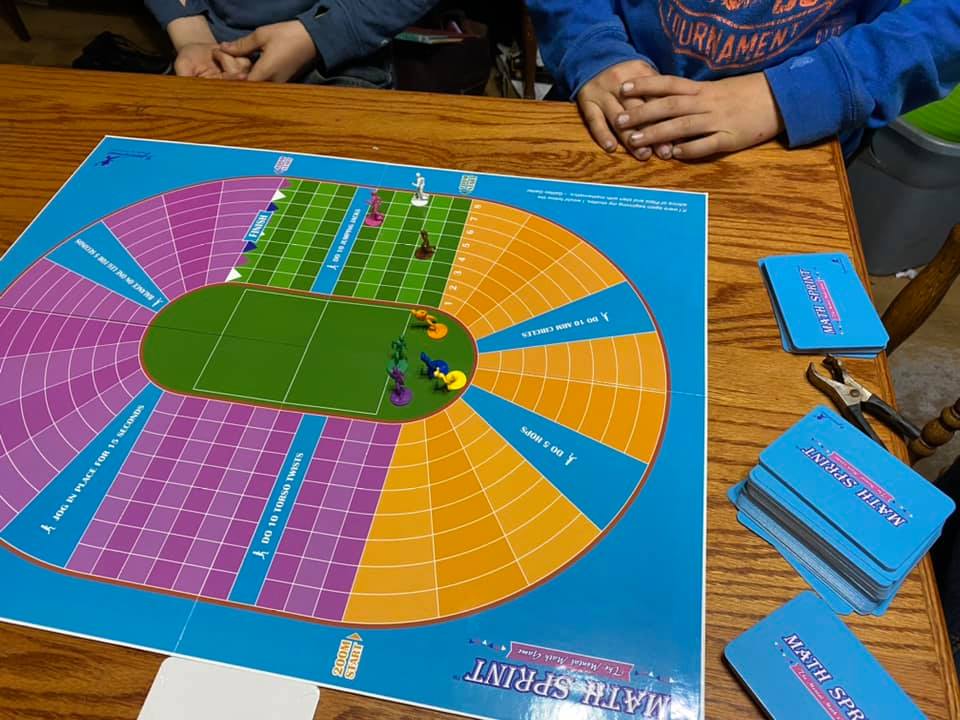
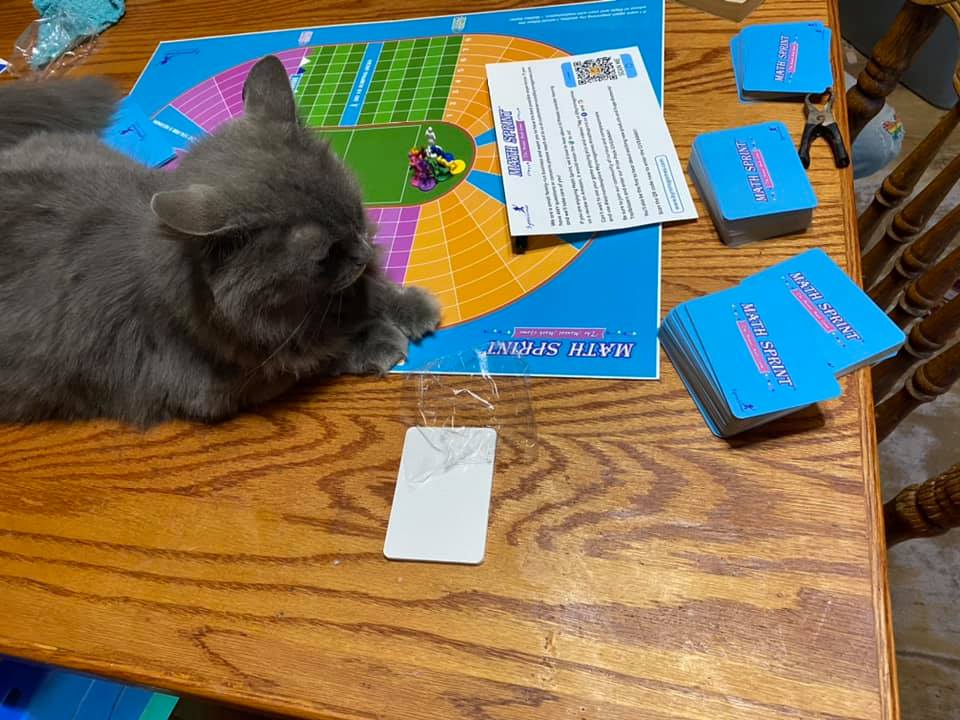
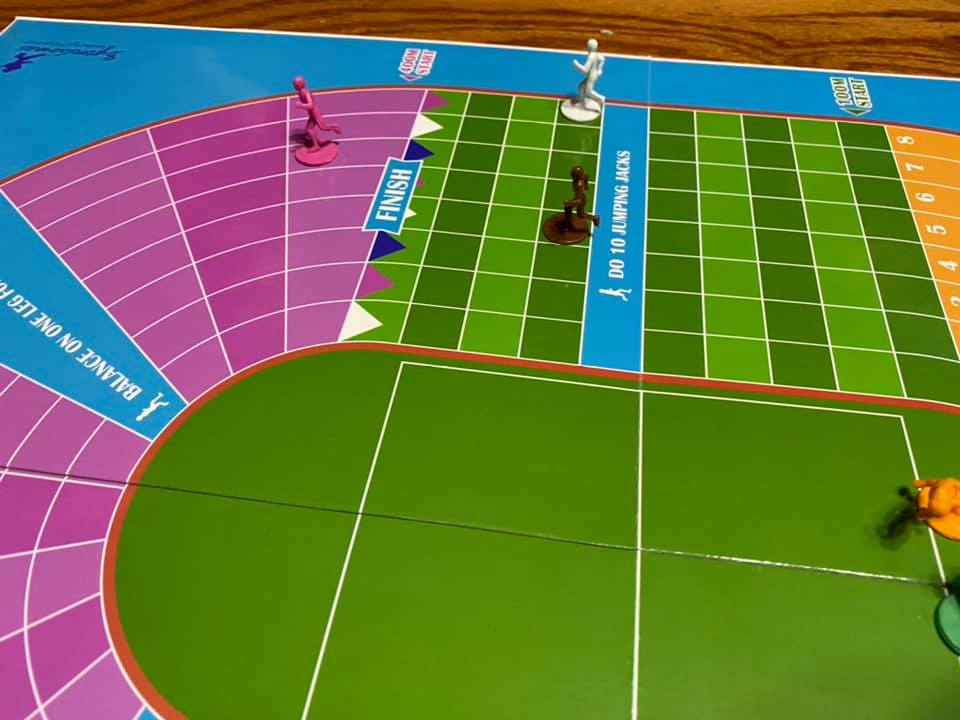
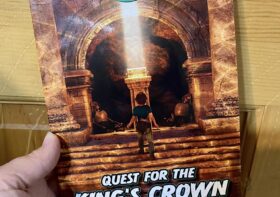


Leave a Reply